Space defines not only style but also functionality. Therefore, the choice of design is not only about the owner's preferences, but also about the size of the living space. In Cyprus, it is customary to build spacious houses and apartments: a one-bedroom apartment, for example, is at least 45 m2! And the average Cypriot family lives in an area of 100 m2 (compare this with Russian areas, which are on average 1.5 times smaller).
Nevertheless, the style should match the size of the apartment or house and its layout. For example, it is difficult to imagine 'classic' in a small apartment, as it implies a certain amount of space. Below is an overview of the interior styles that will be common in 2025, along with a general description of each and a calculation of how one or another variant will fit into a small, medium or large living space.
1. Popular interior design styles
Before choosing a design, it is advisable to familiarise yourself with the main interior design styles that are 'in vogue'. This will not only keep you on trend, but will also give you the opportunity to choose from a wide range of examples. What is more, the popular style can be applied independently, without the need for specialists, as there are many photo and video examples with detailed explanations on the net.
Today, you can find a maximum of information on the Internet about the following styles:
Minimalism
Laconic shapes, light tones and a minimum of decoration. This style is ideal for creating a sense of spaciousness and cleanliness. Built-in storage systems are often used to keep things tidy. It is often offered as a finishing touch in new Cypriot homes.
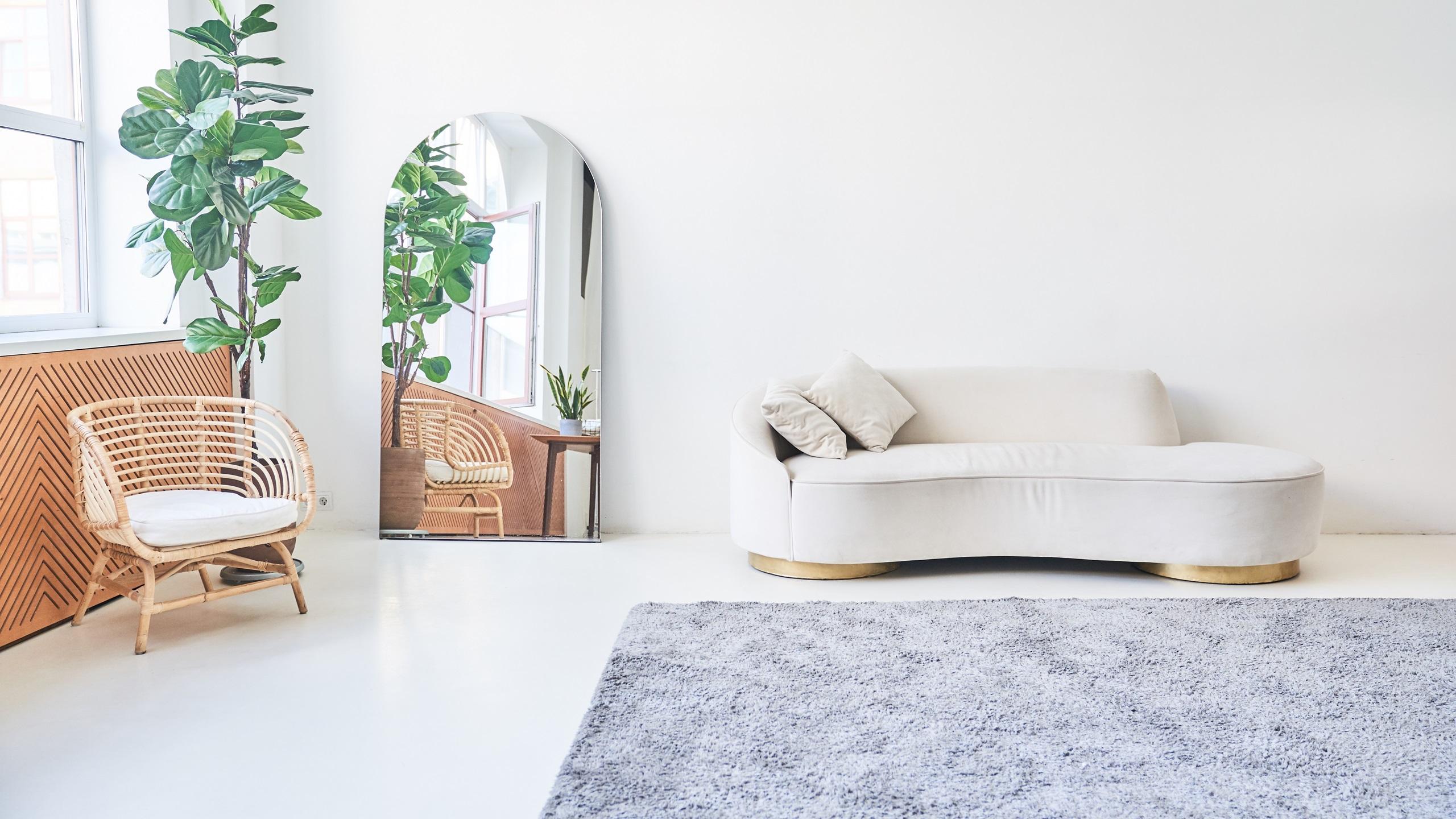
Scandinavian style
Light tones, natural materials (wood, stone and linen), cosy accents. It harmonises with all areas and creates a warm atmosphere. It mixes well with other styles (e.g. Japandi - a mix of Japanese and Scandinavian styles). In Cyprus, it is often used to decorate houses in the Troodos mountains.
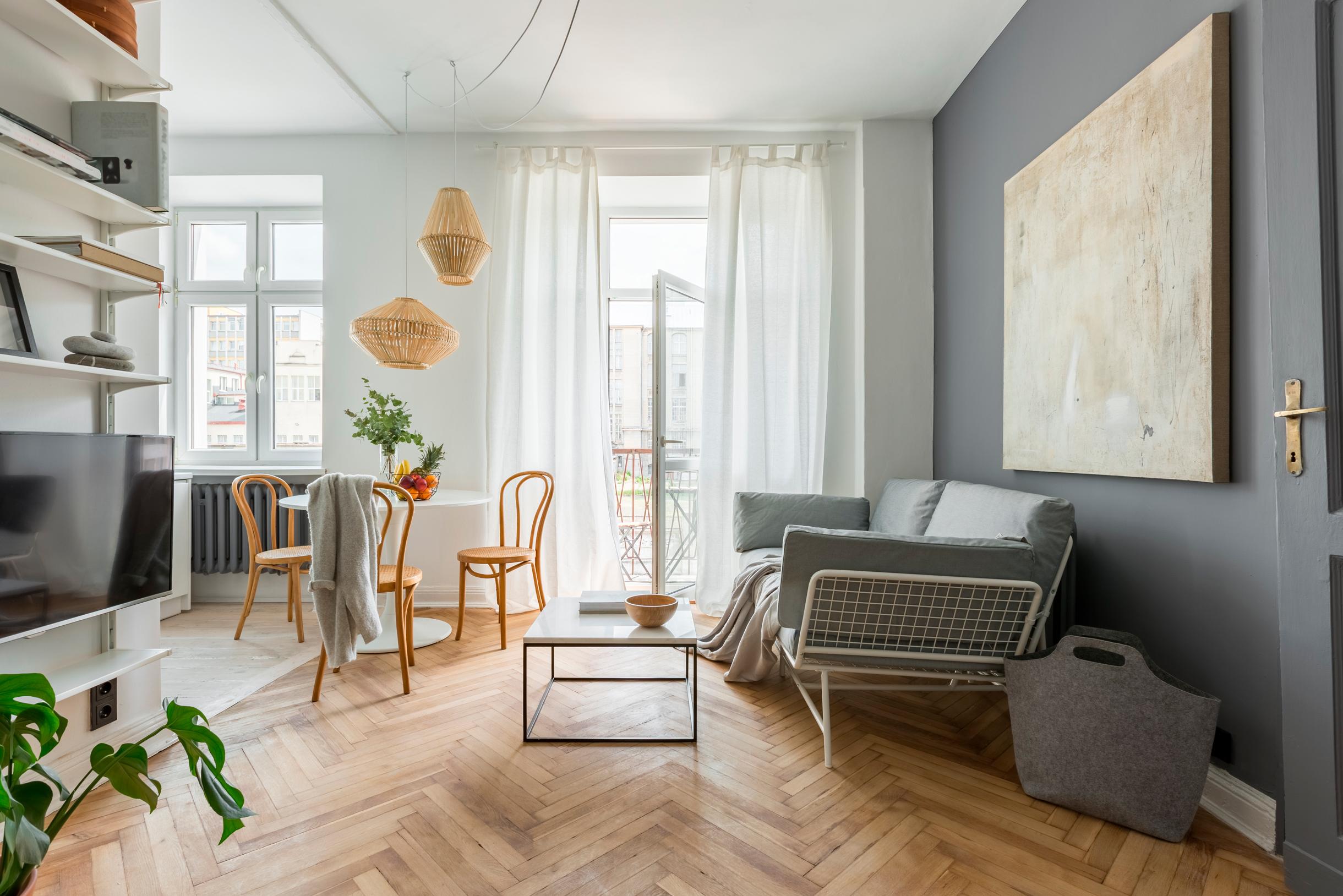
Loft
Brick walls, exposed pipes, metallic elements and spacious rooms, reminiscent of industrial or loft spaces. This style is best suited to open plan apartments or houses with high ceilings. It is rare in Cyprus.
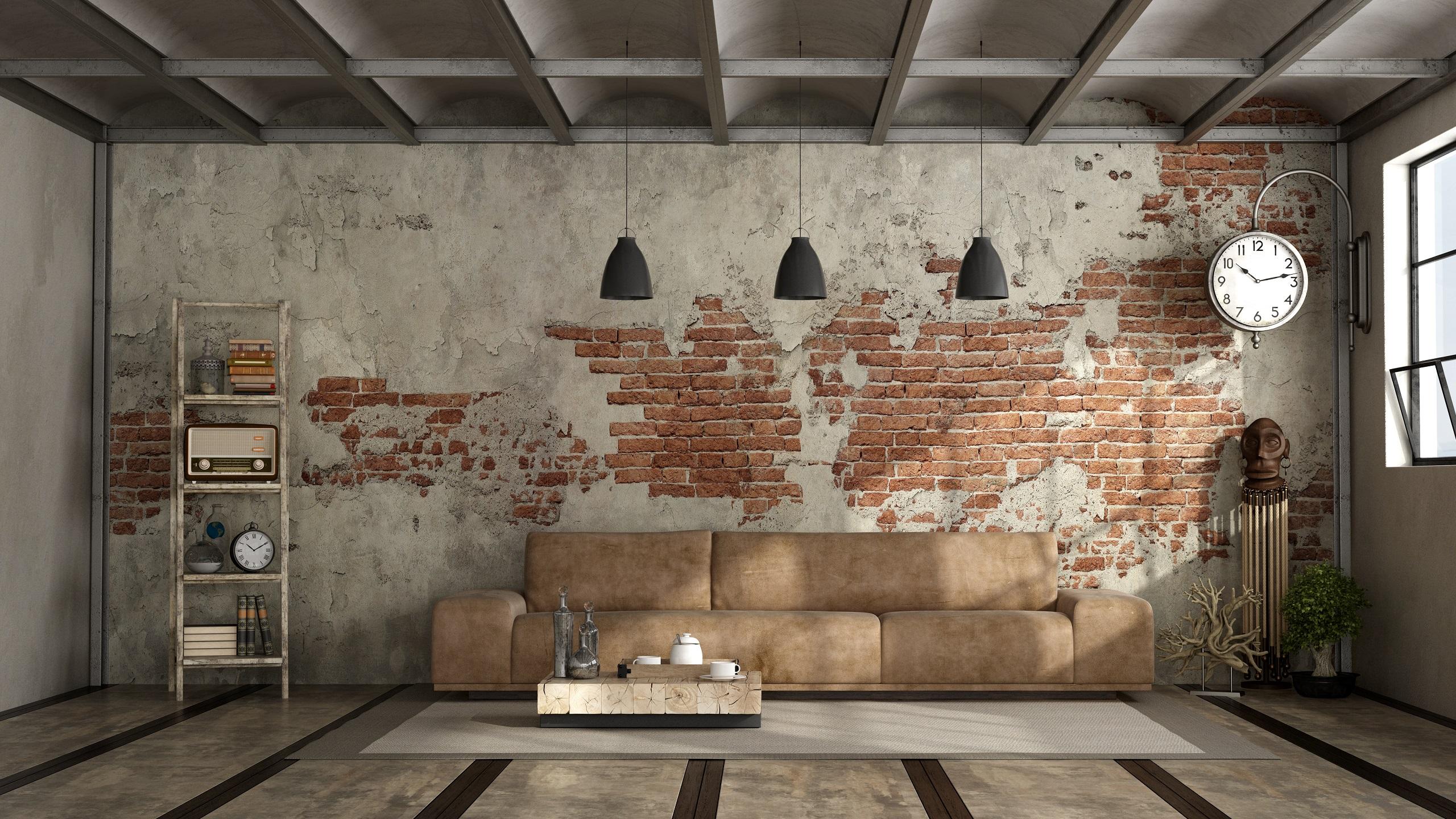
Classic style
Symmetry, elegant furniture shapes, rich décor and the use of fine materials such as wood, marble and silk. Ideal for large rooms. In Cyprus it is often found in the lobbies of large luxury complexes built on the first line.
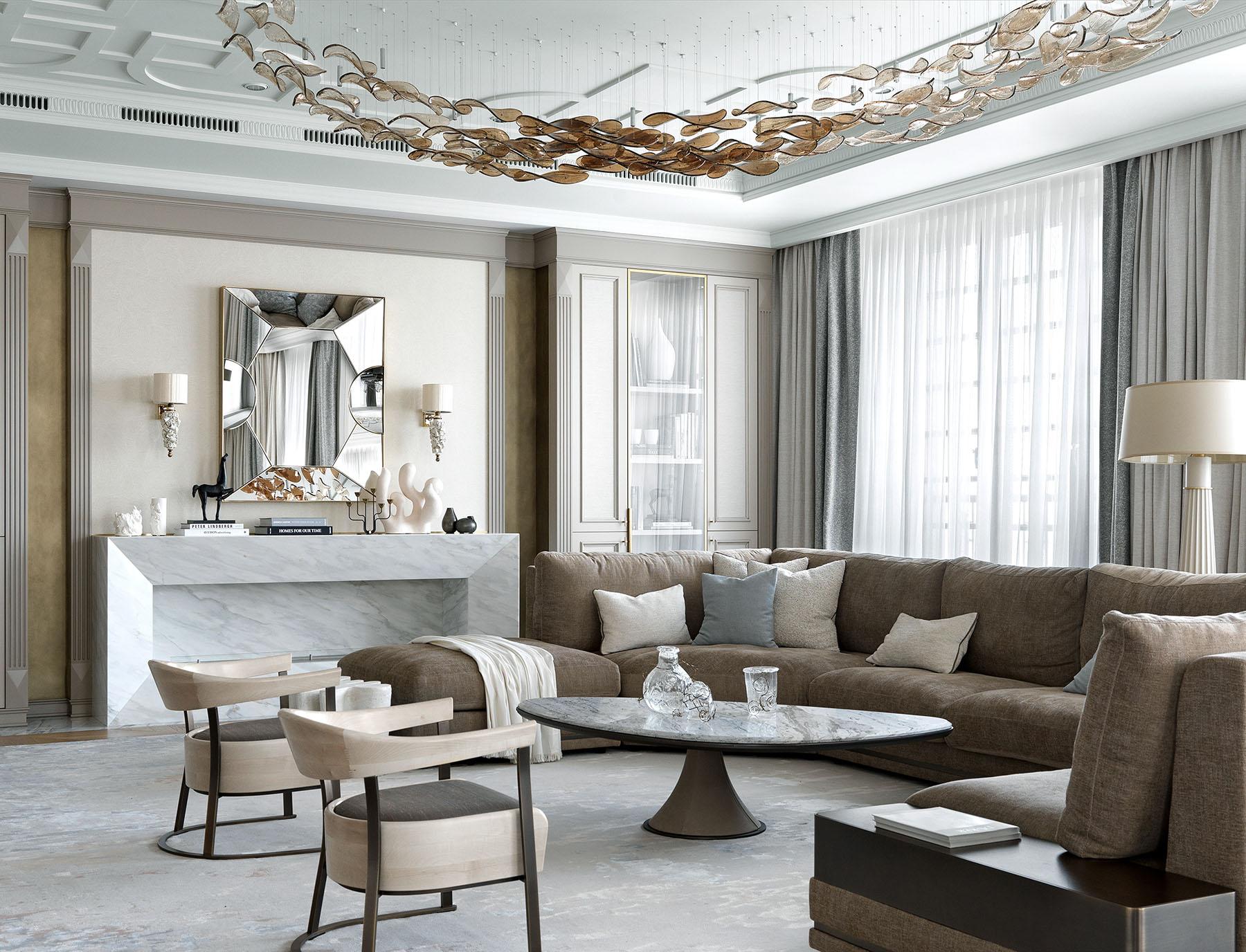 Art Deco
Art Deco
Luxurious textures, mirrors, geometric patterns and colourful accents. This style creates an atmosphere of refinement and wealth, ideal for large apartments and houses. Art Deco is not as common in Cyprus as in the rest of Europe, but it is often chosen for coastal villas.
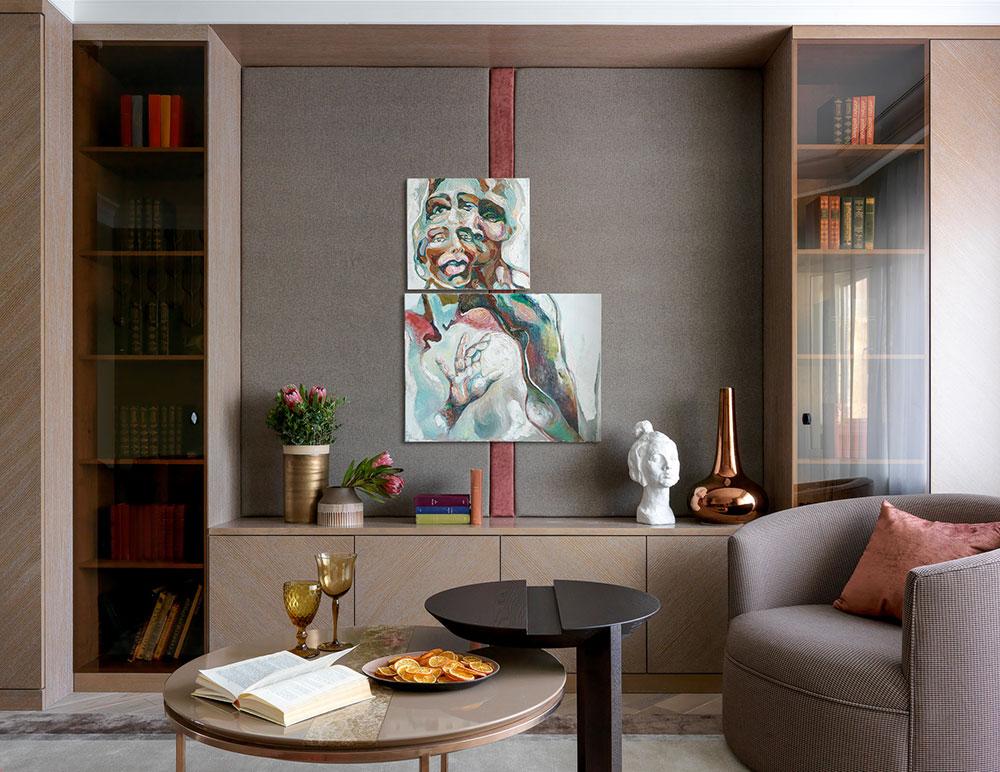
Eco Style
The predominance of natural materials, soft natural colours and wild elements such as plants. This style is for those who value harmony with their surroundings. In Cyprus, not only individual apartments and houses, but entire complexes have begun to follow the eco-style philosophy and 'green standards'.
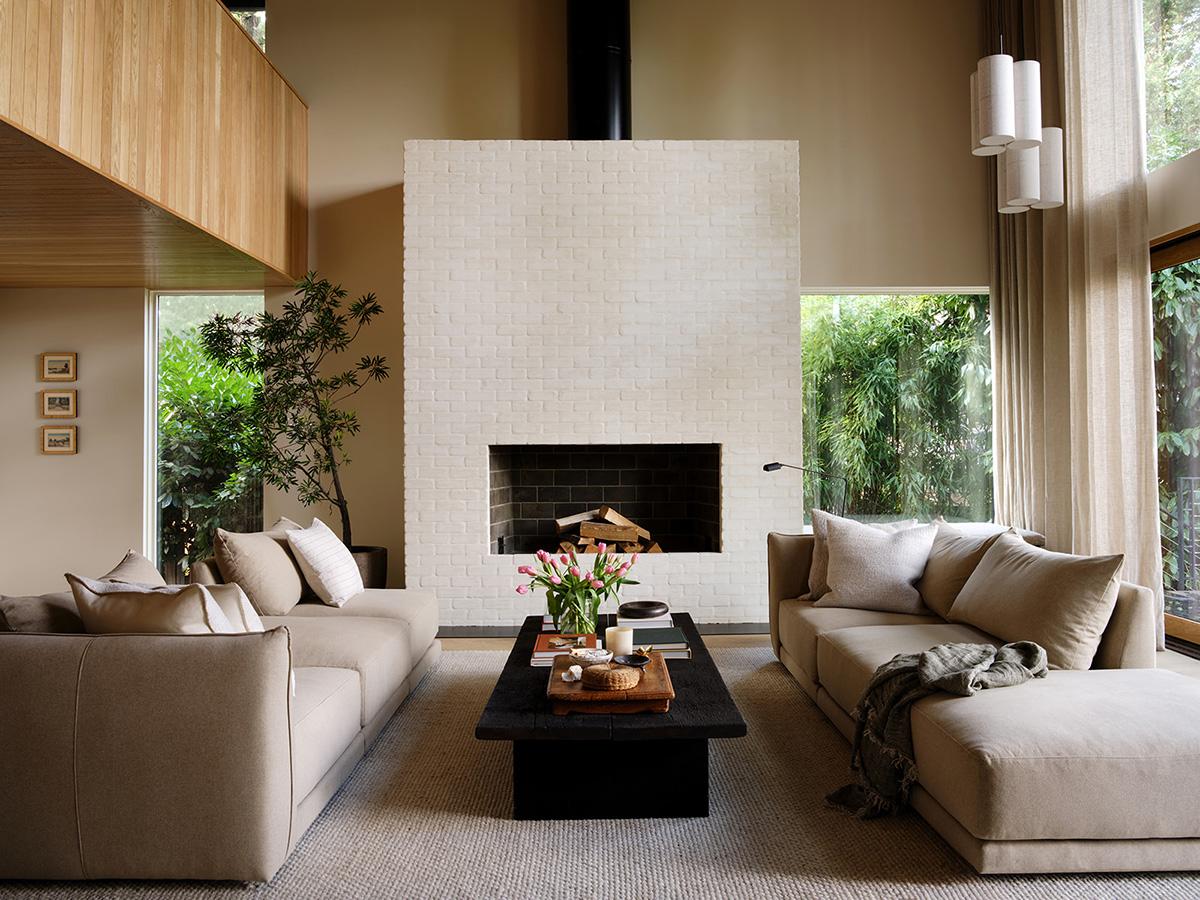
Hi-tech
Modern technology, minimalist furniture, glass and metal. Hi-tech is called the 'son' of minimalism. This style is perfect for small spaces where functionality is important.
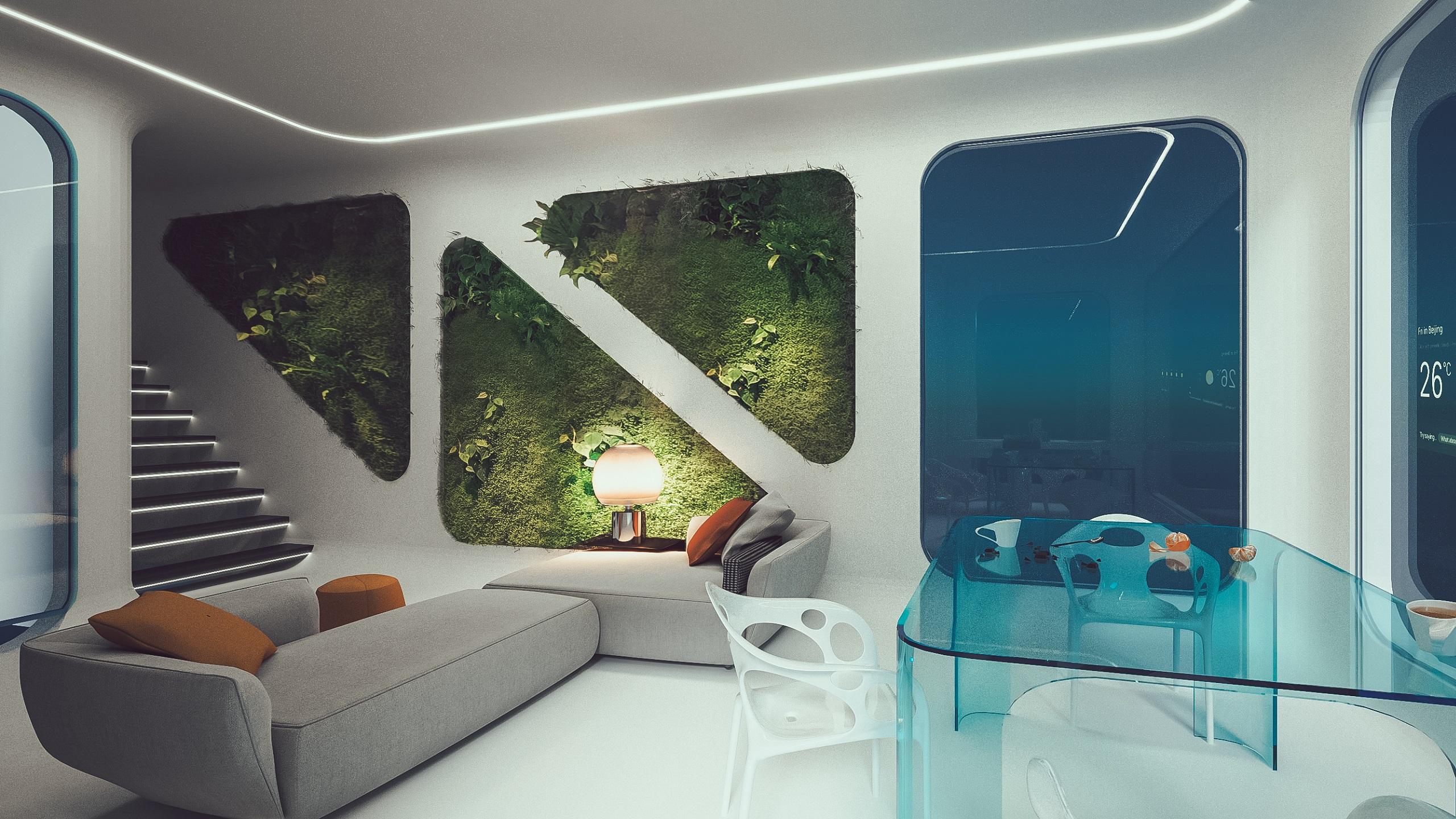
Boho
Freedom to mix and match, bright colours, patterns and lots of textiles. Boho is ideal for creative people and those who want to express their individuality. Often rich in both colour and detail, it is not chosen for the whole home, but for one room.
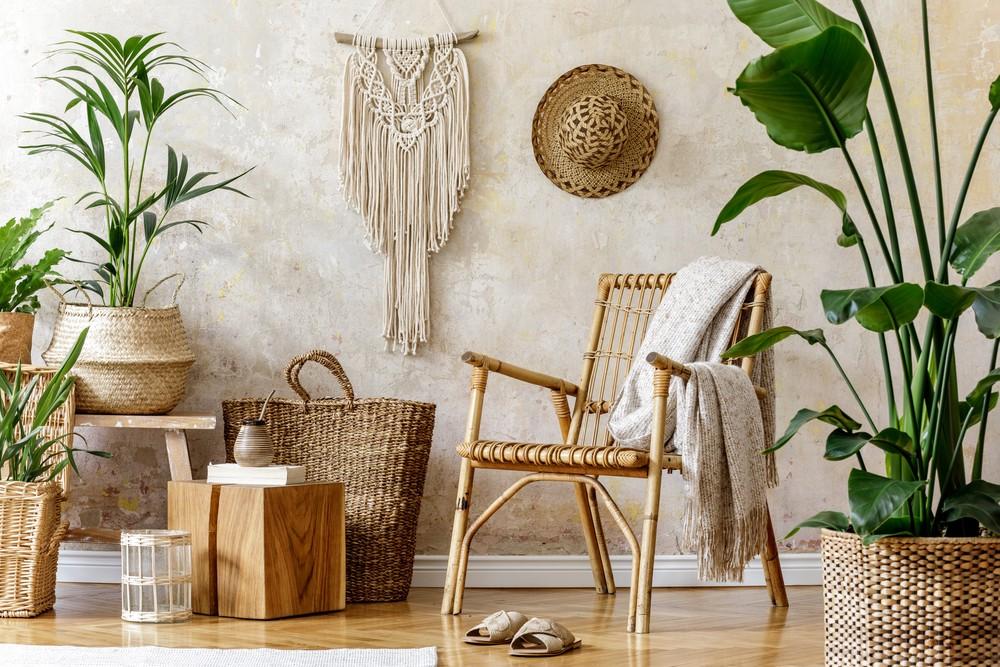
Mediterranean style
Warm shades of white, sand and blue, simple furniture, natural materials such as wood and ceramics. This style is ideal for creating a relaxing and comfortable atmosphere, especially in rooms with good natural light. There is an emphasis on open spaces, nautical textiles and plants. It is traditional for Cyprus and its 'reproduction' in a modern home can be very unusual and successful.
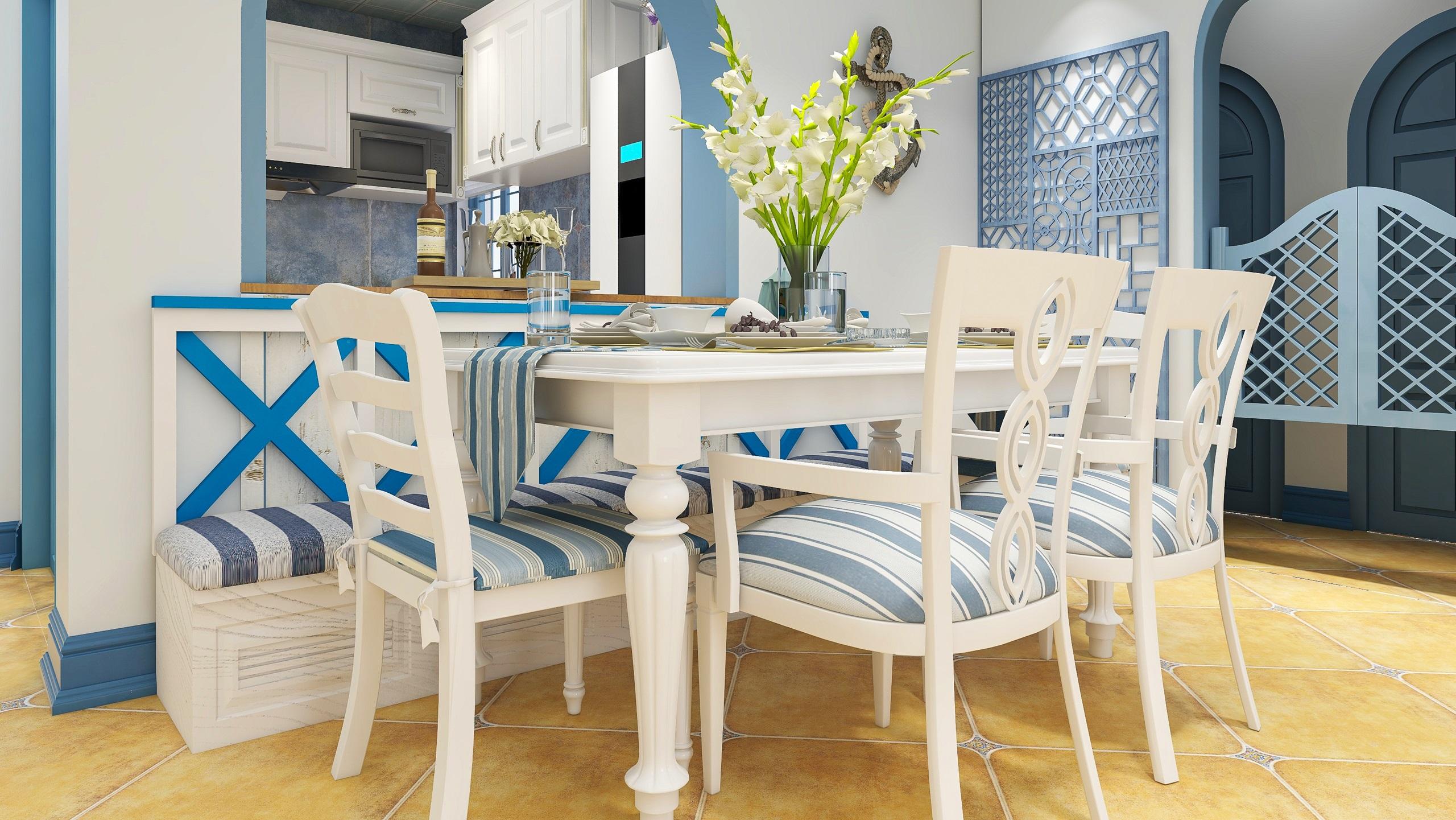
It should be noted that each style has its own offshoots, directions, mixtures and conventions. In this article, we will focus on areas and spaces, but the study of each option should undoubtedly be much deeper.
2. The interior of small apartments: conciseness and cosiness
For small apartments, such as studios or 1-2 bedroom flats, the optimal choice will be minimalism and any of its "offshoots". It helps to visually expand the space through the use of light colours, simple lines and a limited (if not sparse) amount of furniture. Compact solutions such as built-in wardrobes, transformer furniture and zoning with lighting or partitions allow you to make efficient use of every square metre.
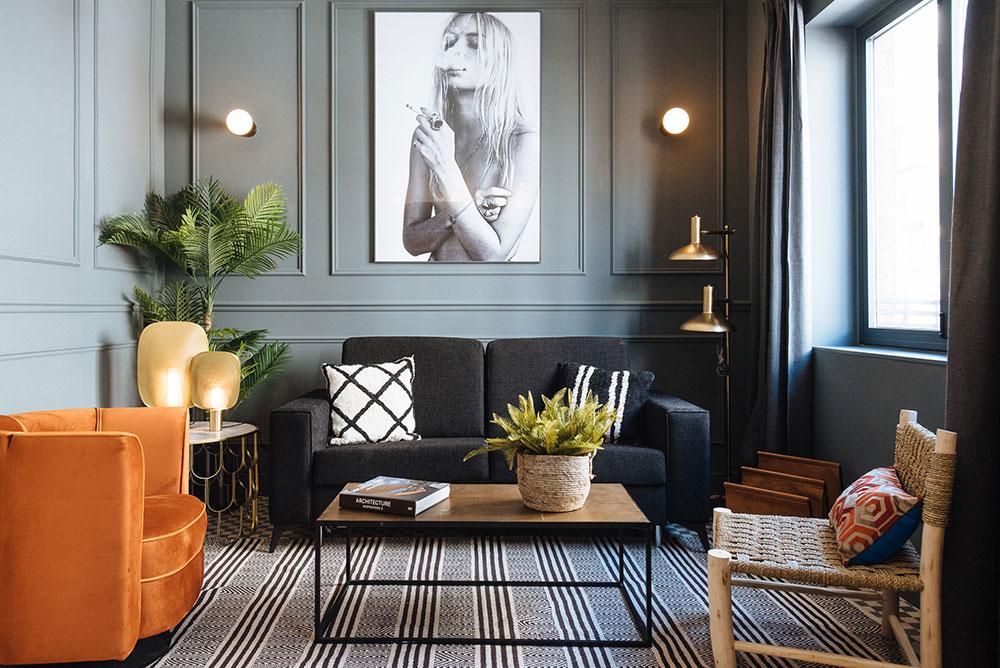
One of the most important tools for working with small spaces is light. Natural light should be used to the maximum, supplemented by spotlights and mirrors to create an effect of depth.
Tip: Many new Cypriot homes in the comfort class and above make use of panoramic windows. This plays into the hands of those who want to embody minimalism in their new home.
Textiles also play an important role: they are always few and far between, but each element should be as functional as possible. For example, light curtains, pastel shades, subtle textures and a minimum of decorative elements will help to avoid a feeling of clutter. Small patterned wallpaper or monochromatic surfaces add a sense of calm and cleanliness - although in minimalism these are often abandoned in favour of more concise (and practical for wet Cyprus) paint or plaster.
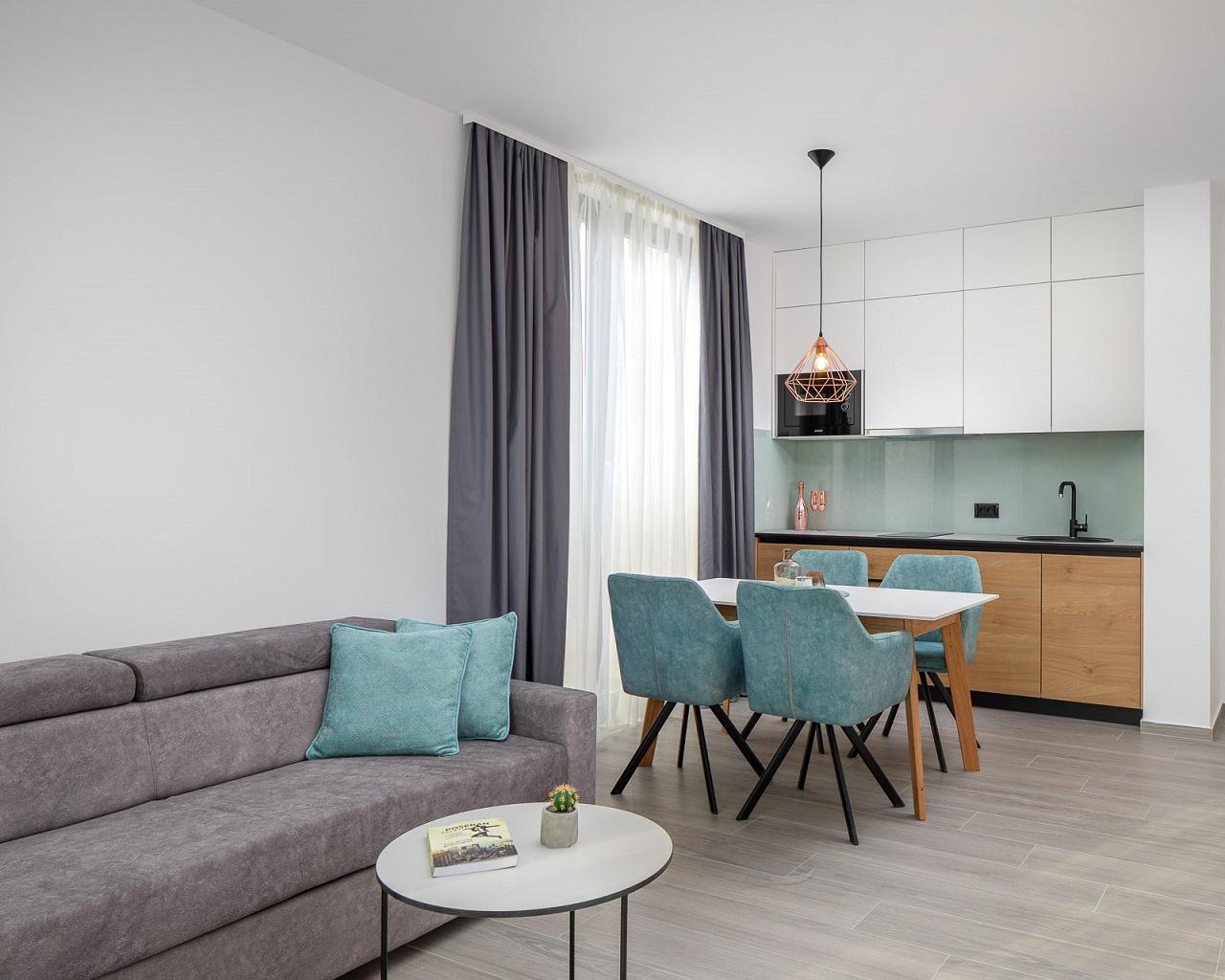
Some Cypriot homeowners choose the hi-tech style because it is extremely minimalist - yet it can be described as light and expressive. It is modern, light and dominated by glass and metal. But in the whole flat (and especially in the bedroom) hi-tech can seem too 'cold', so for Cyprus it makes more sense to use it in the kitchen, living room or bathroom.
If you are looking for a cosy style, look to Scandi. White walls, wooden floors and laconic furniture create harmony and a sense of space. Lovers of bright accents will love boho elements: small patterned rugs, cushions and throws that add warmth.
Additional zoning can be achieved with multi-level lighting or the use of movable partitions, such as frosted glass or wooden lattice screens. Such elements add style and maintain a sense of airiness. You can also use retractable or sliding structures (such as Japanese panel curtains) to separate one room from another.
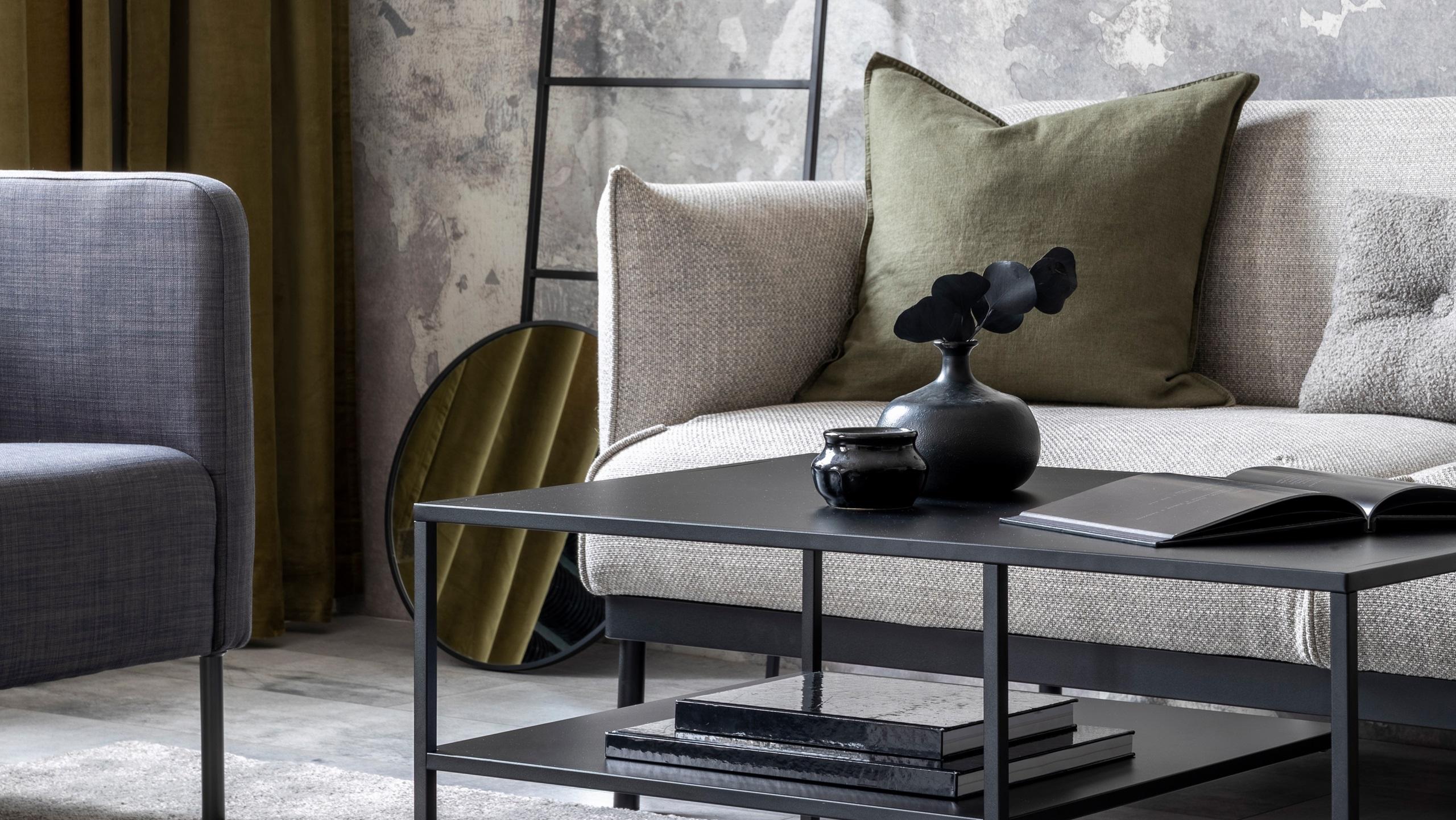
Modular furniture systems allow you to adapt your interior to different needs at different times. For example, folding tables and beds that disappear into a wardrobe help you save space without sacrificing comfort. A bedroom in the evening and a study during the day, all in one room!
3. Design for medium-sized homes: restraint and graceful beauty
Medium-sized apartments (up to 80m2 by Cypriot standards) allow for a greater variety of stylistic solutions. Modern interiors with Scandinavian or loft elements create a cosy feel and give the space character. Here it is important to think carefully about the functional zones: to allocate a place for rest, work and storage, to identify them and at the same time 'connect' them to other rooms in the house.
For medium-sized homes, a combination of materials such as wood, metal, stone, glass and textiles can be used to add texture. Colours can be more saturated, but it is worth avoiding overly bright colours. For example, an accent wall or brightly coloured decorative elements can add personality without overwhelming the whole room.
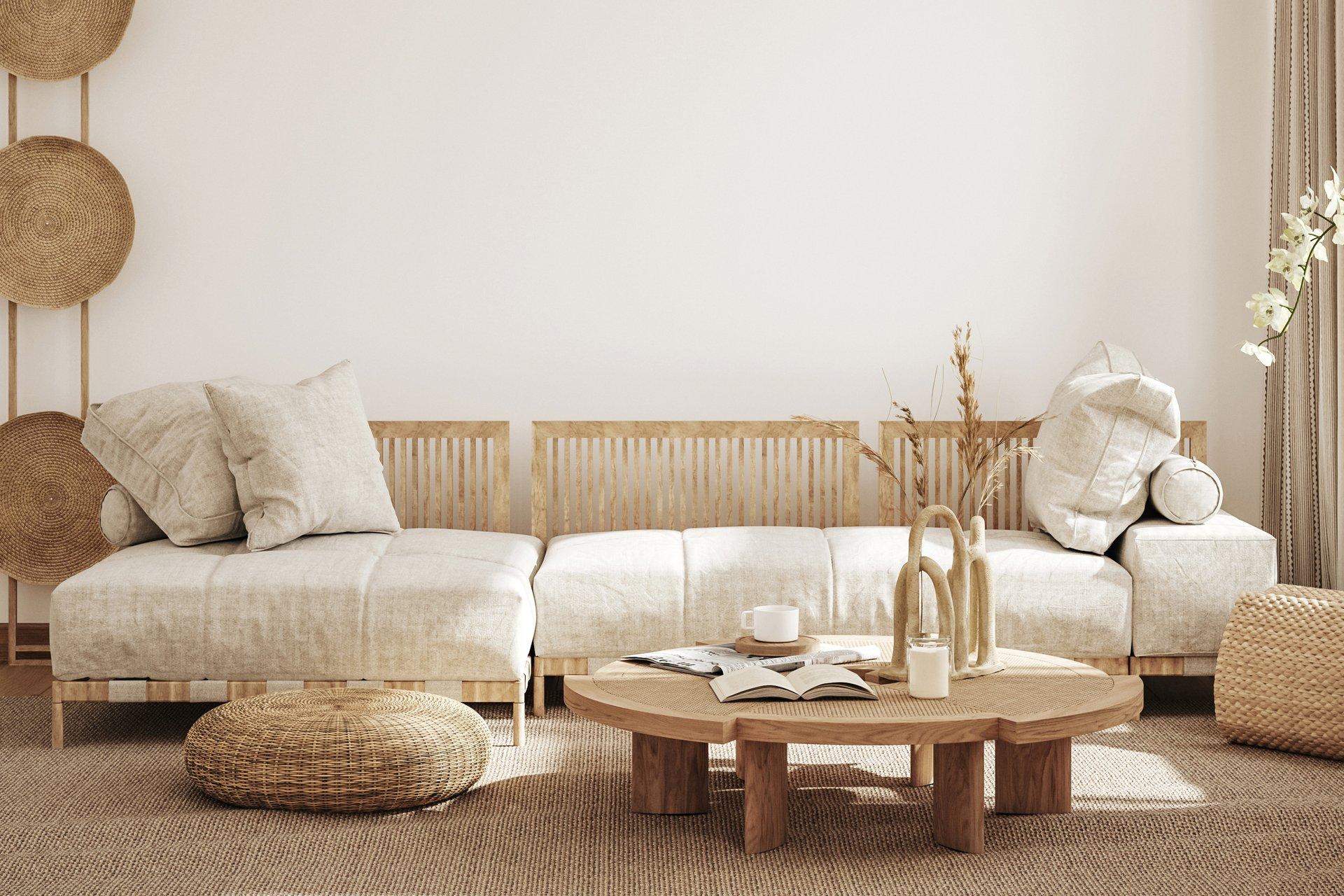
Examples include modern minimalism, with its neutral palette and wood accents, and loft, with its brick walls, metal elements and industrial aesthetic. Classic style is also appropriate if you prefer more traditional solutions. In this case, it is advisable to use furniture with soft shapes and elegant decorative elements, and not to go too far in the baroque direction.
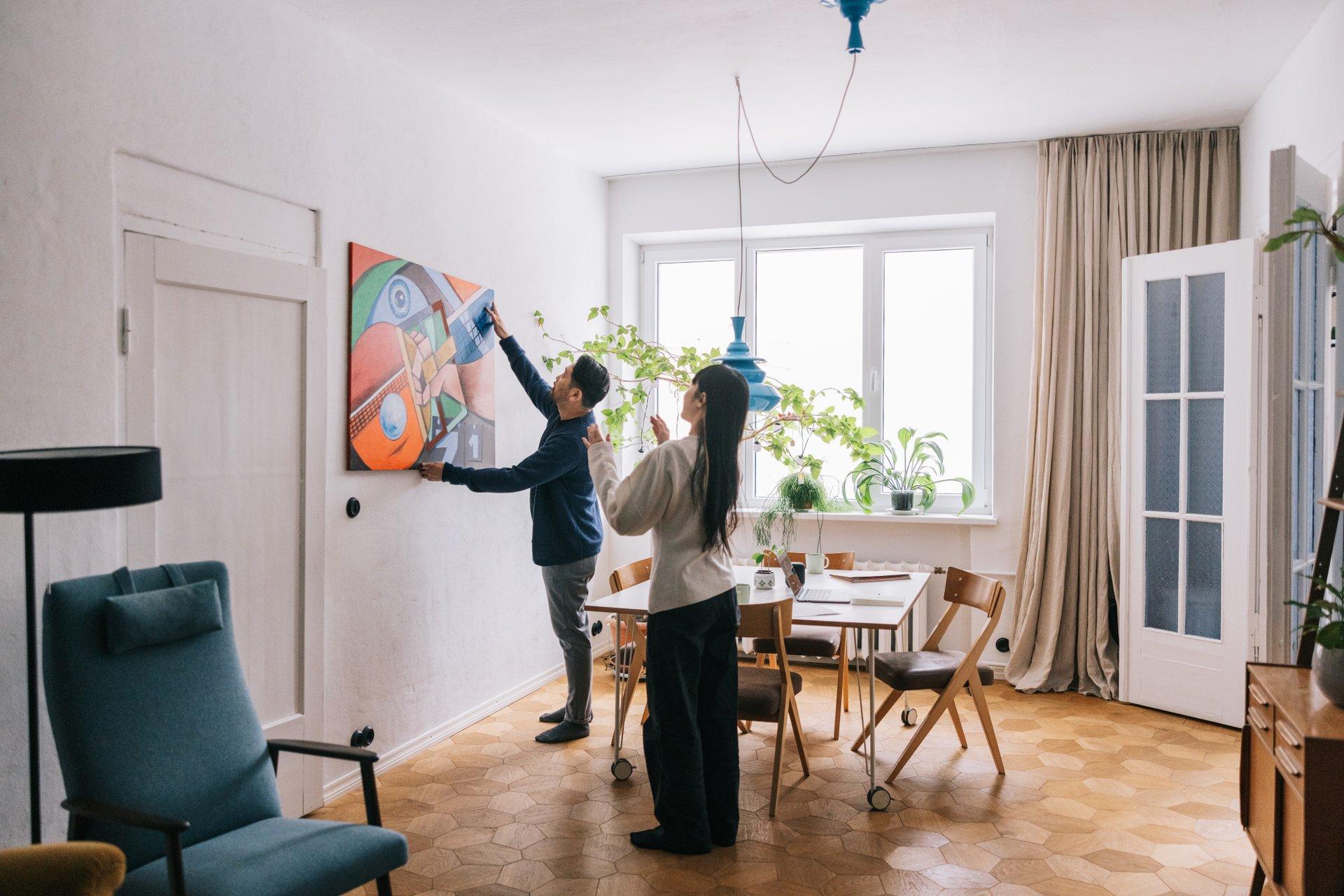
In general, furniture in medium-sized homes can be more massive and take up more space, acting as the centre of the interior composition. A corner sofa, for example, is not only stylish but also functional. Adding built-in cupboards or shelves to the ceiling will help to maximise the height of the room. In the kitchen, choose furniture with pull-out storage and built-in appliances, and avoid cluttering the space with crockery or decorations.
Tip: Many apartments and houses in Cyprus have what is known as an 'open plan' layout, which means that the kitchen is combined with the living room. In this case, if the space is not too large, it is advisable to decorate the living area more lavishly and keep the cooking area more 'quiet' and understated.
The room can be zoned by using different types of flooring, contrasting wall colours or ceiling textures. For example, plasterboard ceilings with lighting not only decorate the interior but also help to highlight certain zones. You can add decorative elements such as built-in aquariums or illuminated niches for books and decorative figurines.
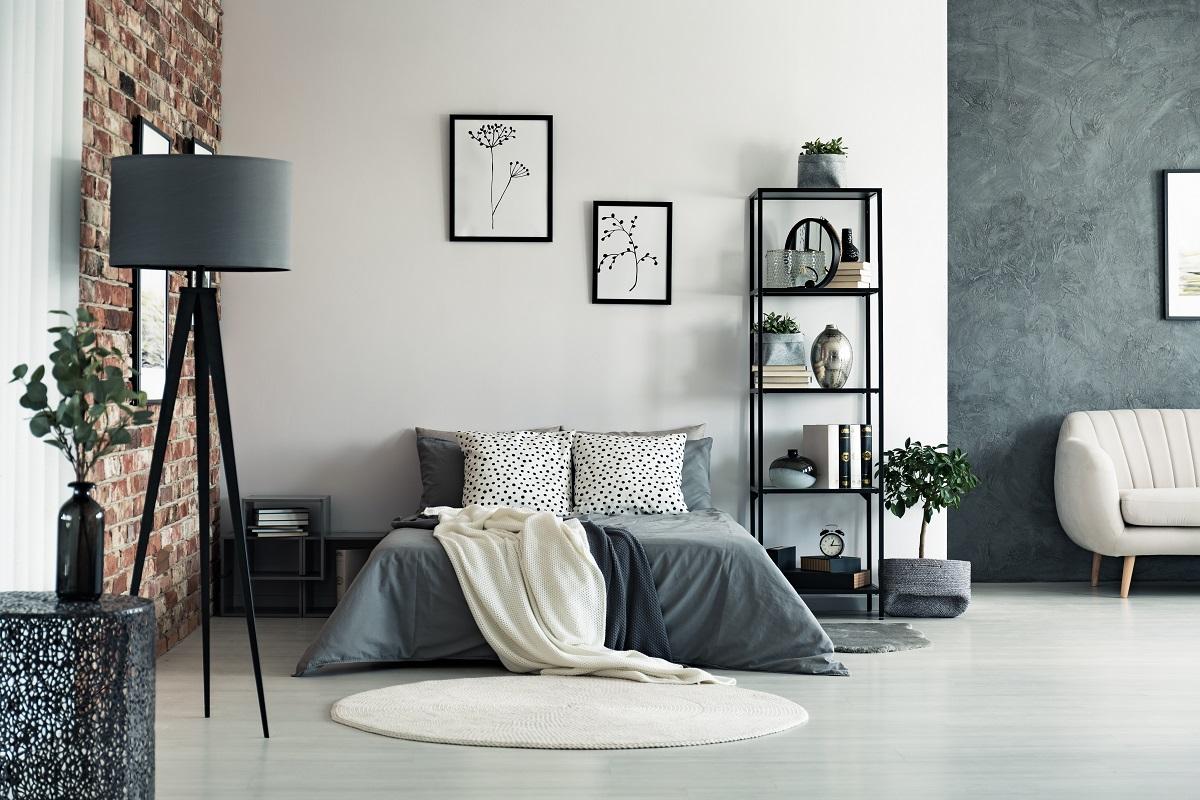
Popular solutions include the installation of glass partitions or 'smart wall' systems that slide or fold to change the configuration of the room. Such solutions are particularly relevant for families where each member needs a private space.
4. Large houses and apartments: space for creativity
For large houses or apartments of 120 square metres or more, the choice is virtually unlimited. Owners of such spaces can experiment with classic, art deco or eclectic styles, combining elements of different trends. Large spaces allow the use of massive furniture, rich colours and complex decorative elements.
However, large spaces require a competent approach to zoning. Even in open-plan interiors, it is important to define functional zones: dining room, living room, bedroom and leisure areas. This can be achieved by using furniture, flooring, multi-storey floors or partitions to create visual separation.
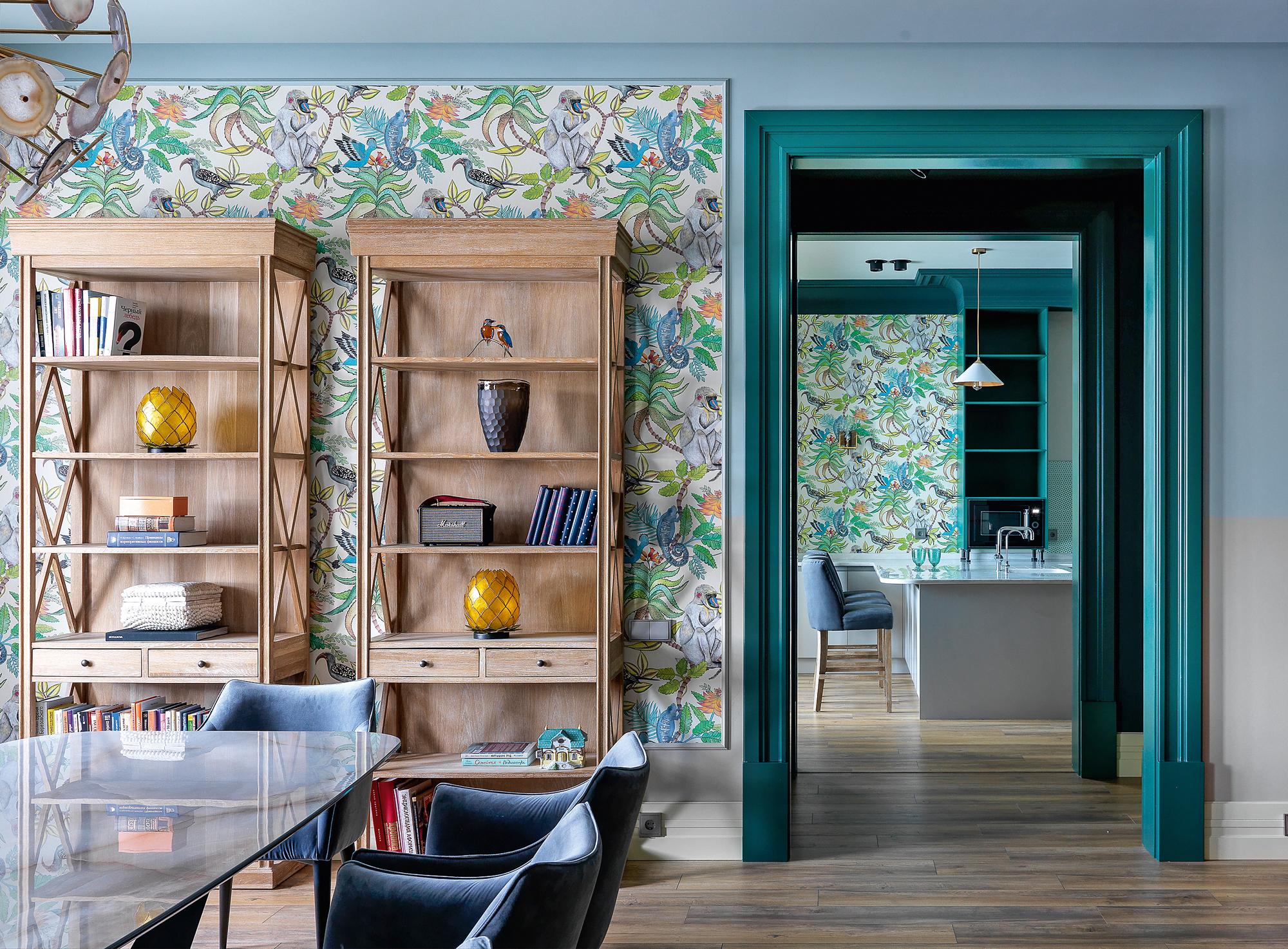
Styles that require large scale solutions are particularly effective in large rooms. In a classic interior, for example, you can use columns, arches and furniture with exquisitely carved details. Art Deco offers bright colour combinations, geometric patterns and shiny surfaces that create an atmosphere of luxury. Eclectic is a safe way to combine different trends: vintage elements with modern accents or traditional furniture with avant-garde accessories.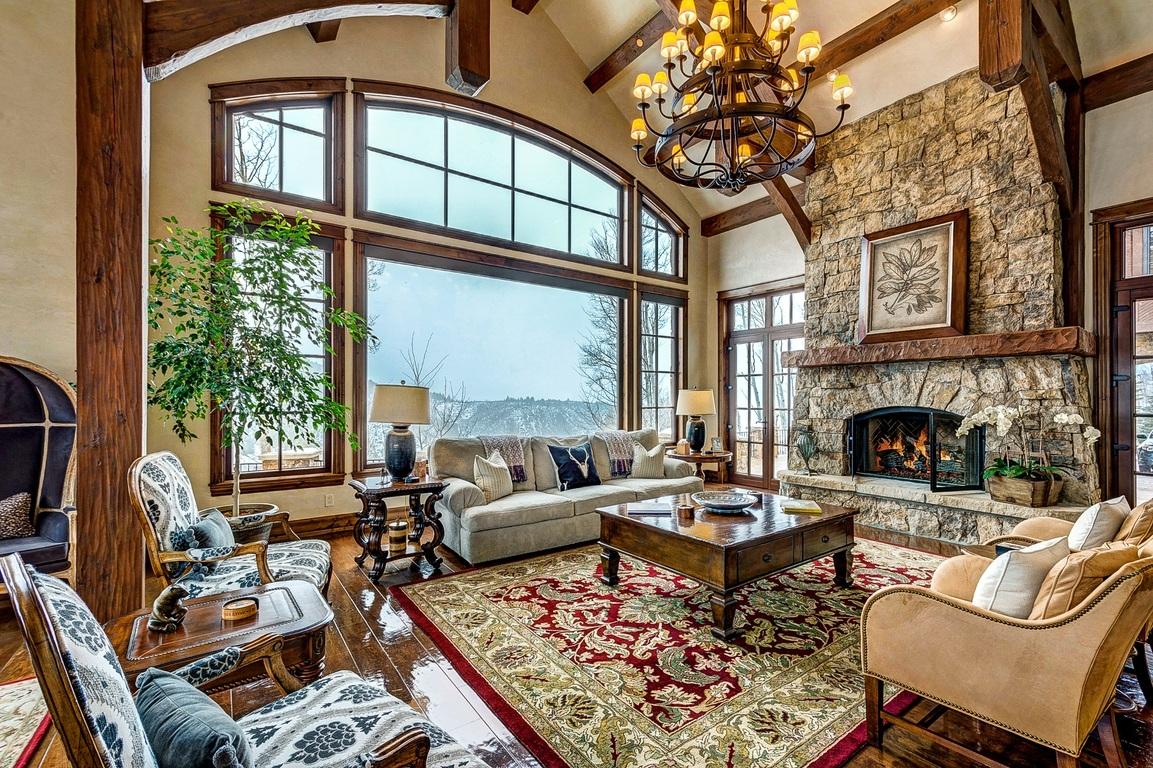
In the interiors of large rooms, it is important to use a fireplace, which will become the centrepiece of the living room or lounge. You can also add a library with open shelves, a built-in bar or a full dressing room. For the bedroom, use textiles such as velour bedspreads and heavy curtains to create a cosy atmosphere.
Tip: A common mistake when decorating rooms that are too large (3.5m ceiling height and 30m floor area) is to leave 'voids' in the upper part of the room. Cupboards and furniture only reach half the height and then look 'cut off', visually ugly, and all the beauty of high ceilings is lost. Therefore, this point should be carefully considered: the shelf should be decorated with massive chandeliers and lamps, decorative beams, and part of the furniture (wardrobes) and curtains should be at full height to visually extend the effect of the room.
Technological solutions (we are talking about the "smart home" system) can also become part of the design. Controlling lighting, air conditioning and multimedia will add comfort and modernity. For spacious kitchens, you can consider installing an island, which will be a functional and stylish element of the interior. The island also acts as a zoning element.
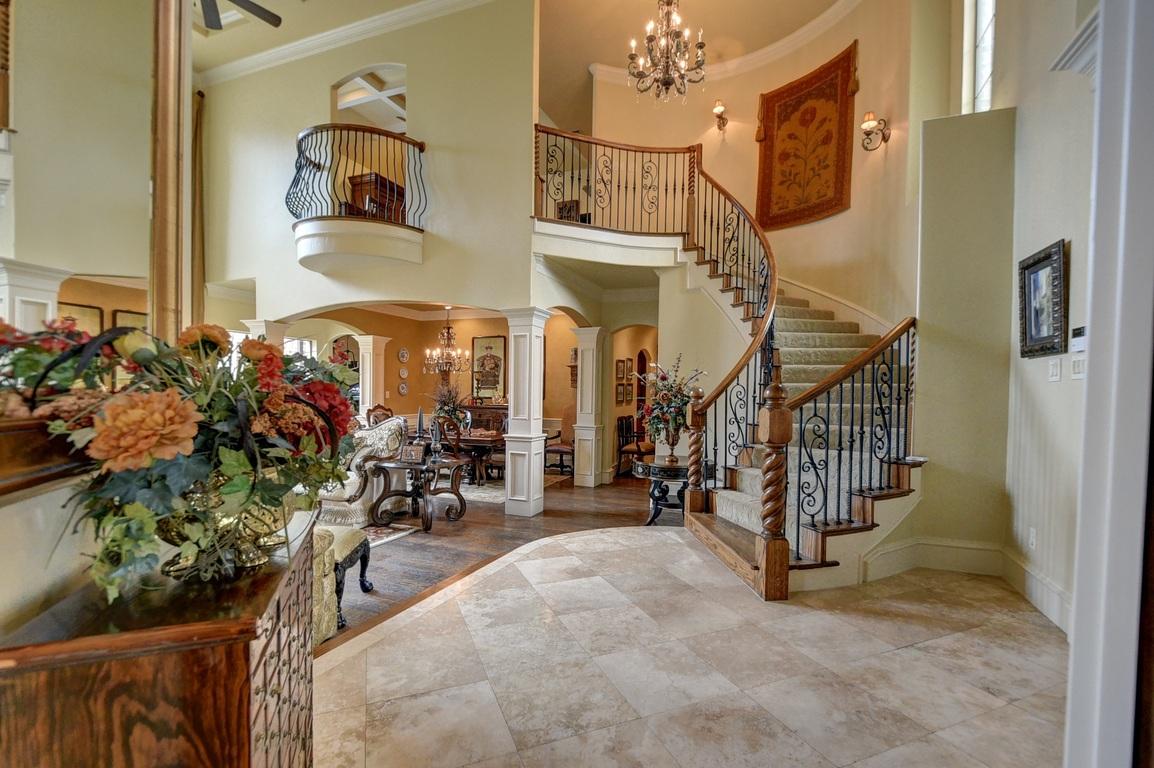
Large rooms are also characterised by the use of voluminous decoration, such as large sculptures, paintings or floor vases. Conversely, spacious rooms can be decorated with an abundance of small objects and plants, but the main challenge here is to make the room look not like a flea market, but like a meaningful and complexly decorated space.
5. Considering layout and lifestyle
When choosing an interior, it is important to consider not only the size of the room, but also the specifics of the layout, the amount of light, and the lifestyle and preferences of the owners. For example, families with children may be concerned with safety and functionality, while young couples may be more concerned with style and atmosphere.
The amount of natural light plays a significant (if not paramount) role. Light colours and reflective surfaces are preferred in rooms with insufficient light, while sunny rooms allow for richer colour palettes. If the windows are on the shady side, it is worth adding light accents, for example in the form of textiles or décor.
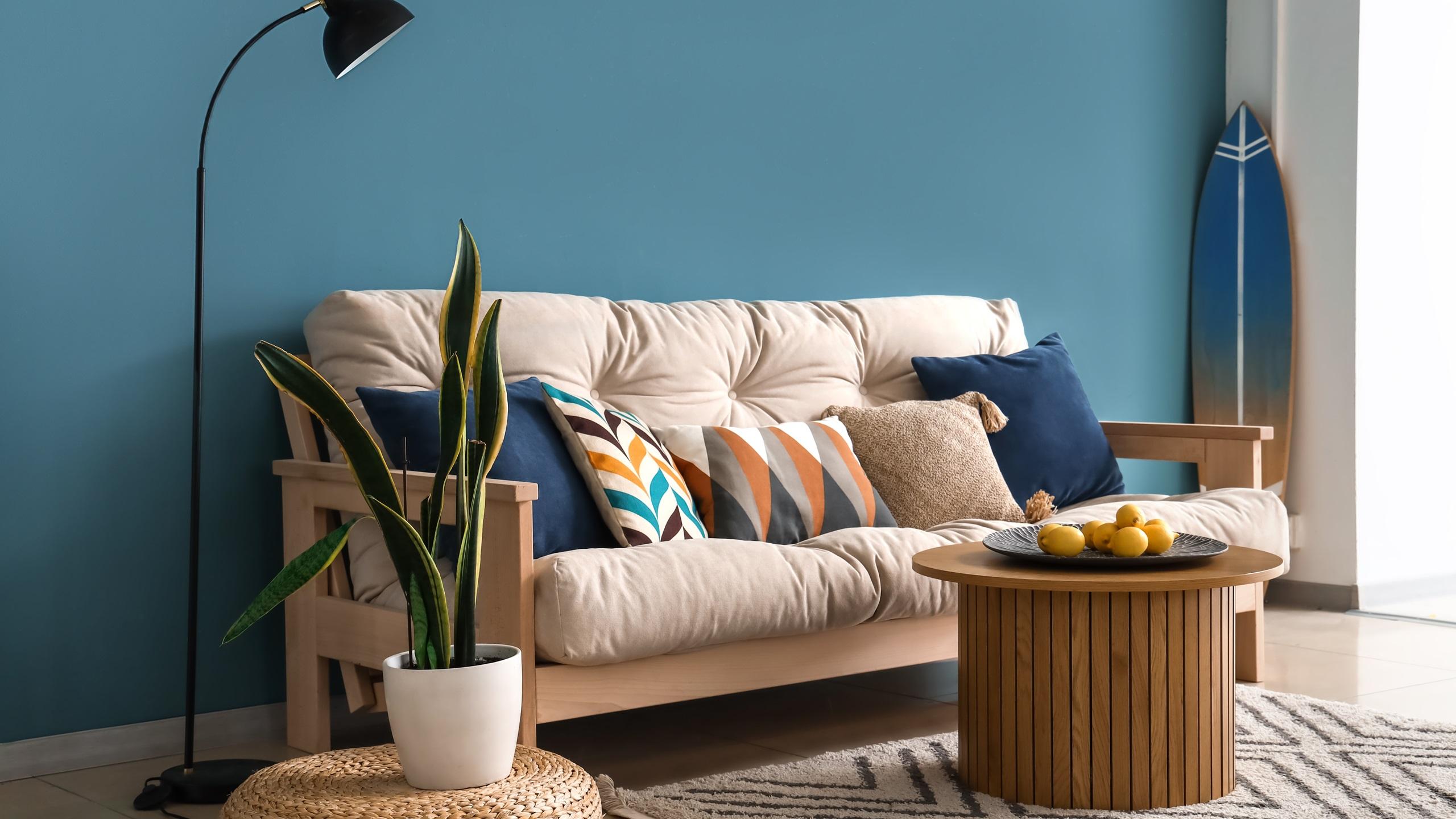
For non-standard layouts (attics, penthouses, duplexes), consider fusion style or modern industrial design. Open beams, panoramic windows and non-standard furniture shapes will emphasise the uniqueness of the space. In such interiors you can use built-in storage systems, which will help to keep clean lines and free space.
6. Is it worth inviting a professional designer?
If the task of choosing a design seems too complicated, then of course it is worth contacting a professional designer. A specialist will help you assess the potential of your space, offer optimal solutions and take all your wishes into account. An individual approach will allow you to create an interior that will please you with its aesthetics and comfort for many years to come.
Tip: It is possible to do everything yourself, but for very small and very large rooms it is better to call in a specialist. In the first case, he will help you make the most of not just every square metre, but every square decimetre! In the second case, the designer will fill the space competently, without leaving any large gaps.
A big advantage of working with a designer is that they can offer a 3D visualisation of the future interior. This makes it possible to see and understand what the home will look like in advance. In addition, professionals have access to unique materials and furniture solutions that can become the highlight of the interior.

In addition, the designer will help to optimise the budget by offering solutions that combine quality and economy. For example, by combining expensive and inexpensive materials, you can achieve the desired result without spending too much.
The size of the apartment or house is one of the most important factors influencing the choice of interior design. Of course, any style can be applied to any area - but the functionality and integrity of the space may suffer. If, for example, you really want a classic style in the studio, it is worth contacting a professional designer to offer a non-standard but successful solution.
Read also:


